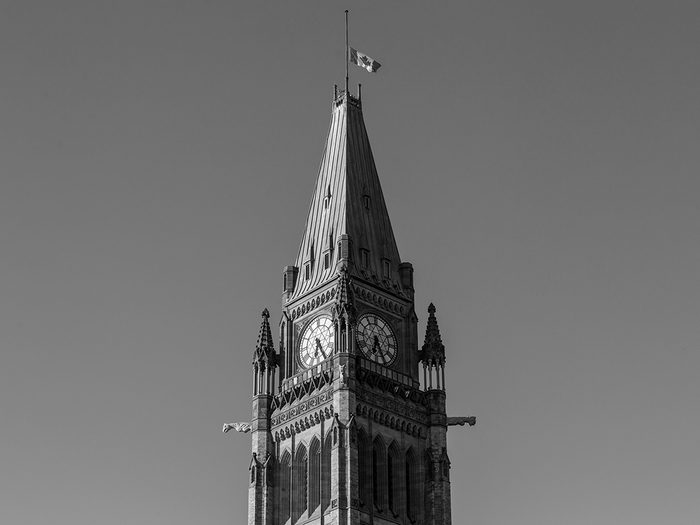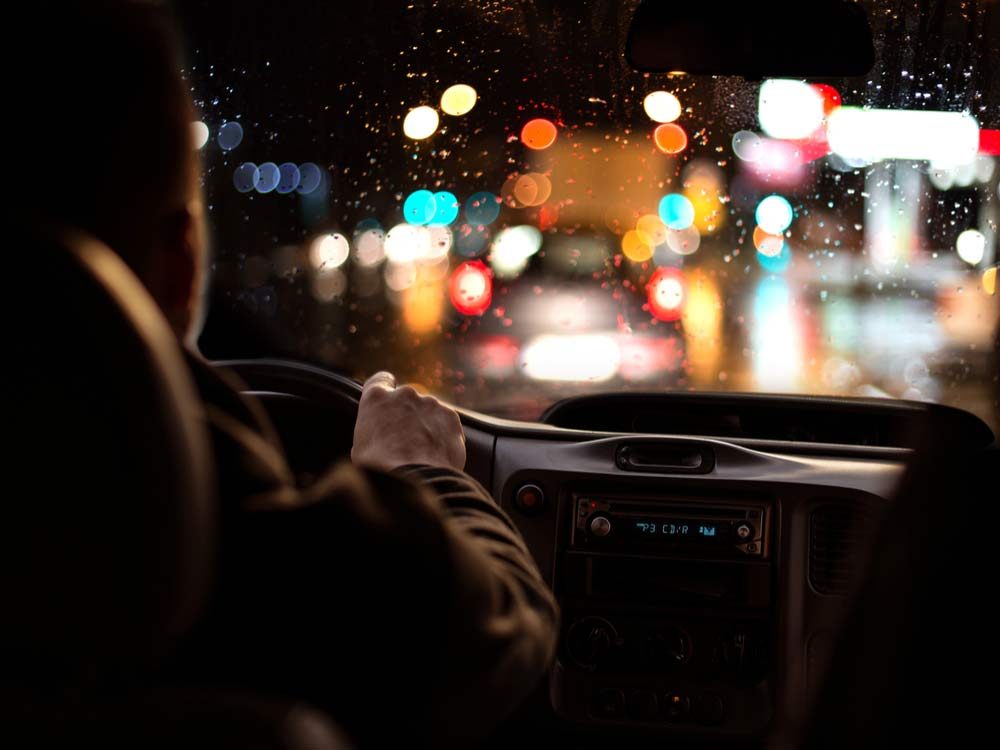
Myth: It’s Called “Daylight Savings Time”
The Real Story: In North America and Australia, the convention of setting our clocks ahead one hour in the spring and behind one hour in the fall is properly known as “Daylight Saving Time.” For whatever reason, we’ve developed a habit of referring to it conversationally as “Savings Time,” plural. Britons refer to DST as “Summer Time,” while in Italy, the practice is called “Ora Legale.”

Myth: Benjamin Franklin Invented Daylight Saving Time
The Real Story: Thanks to An Economical Project, a satirical essay Franklin wrote in 1784 urging Parisians to adopt an earlier sleeping schedule, the U.S. Founding Father is often credited with “inventing” daylight saving time. Actually, that honour belongs to William Willett, a British builder. While on an early morning horseback ride on the outskirts of London in 1905, Willett theorized that if the United Kingdom moved its clocks forward by 80 minutes between April and October, Britons would be able to enjoy more sunlight. Willett spent much of his own personal fortune trying to persuade British Parliament to embrace the idea, but he died in 1915 without seeing his dream come to fruition.
Here are 15 history questions people always get wrong.

Myth: Germans Were the First to Embrace Daylight Saving Time
The Real Story: Germany adopted daylight saving time (DST) in 1916 to conserve energy during World War I. While Germany was indeed the first country to observe the practice, certain regions of Canada were already following DST as early as 1908. On July 1 of that year, residents of Port Arthur in Ontario—what is now Thunder Bay—were the first in the world to turn their clocks forward by one hour. In Saskatchewan, Regina implemented DST in 1914 (where it was enormously popular with local townsfolk), and Winnipeg followed suit in 1916. The German Empire may have popularized daylight saving time, but Canadians beat them to the punch.
Test your knowledge with our ultimate Canadian trivia quiz.

Myth: Daylight Saving Time is Observed Everywhere
The Real Story: Changing the clocks may be standard practice across much of Canada, but not all countries observe daylight saving time. Countries along or below the equator, for instance, don’t implement time shifts since daylight hours rarely change from season to season. Much of Asia and Africa opt out of DST as well, as do Iceland and parts of Australia. Closer to home, Arizona, Hawaii, and regions of Quebec and Saskatchewan choose not to observe DST either. There’s one exception, however: even though Antarctica has no daylight in the winter and 24-hour daylight in the summer, research crews living in the area observe DST to communicate with their home bases.
Don’t miss these mind-blowing facts about Canadian geography.

Myth: Daylight Saving Time Makes Us Healthier
The Real Story: More sunlight may mean more vitamin D, but numerous studies have also linked daylight saving time to a rise in road accidents and health problems. A 2008 Swedish study in the New England Journal of Medicine—based on information collected over a 20-year period—found a higher incidence of heart attacks in the first three weekdays after clocks move forward and fall back. Meanwhile, according to Manitoba Public Insurance, there was a 20 per cent increase in crashes on Manitoba roads when clocks moved forward an hour in the spring of 2014. Changes in circadian rhythm, too, can trigger cluster headaches and lead to days or weeks of discomfort.
Here’s expert advice on how to fix your sleep schedule.

Myth: Daylight Saving Time Helps Farmers
The Real Story: When the United States passed the Uniform Time Act in 1966, it gave rise to the myth that the extra daylight would give farmers more time to harvest their produce in the morning. In reality, it has the opposite effect, and farmers tend to have been the loudest critics of DST over the past several decades. One of the main reasons DST picked up steam in North America after the World Wars was because department stores lobbied for the practice. Why? Well, more daylight means more business: commuters leaving work while the sun is still shining are more inclined to shop before they make their way home.
Next, check out the pros and cons of scrapping daylight saving time.